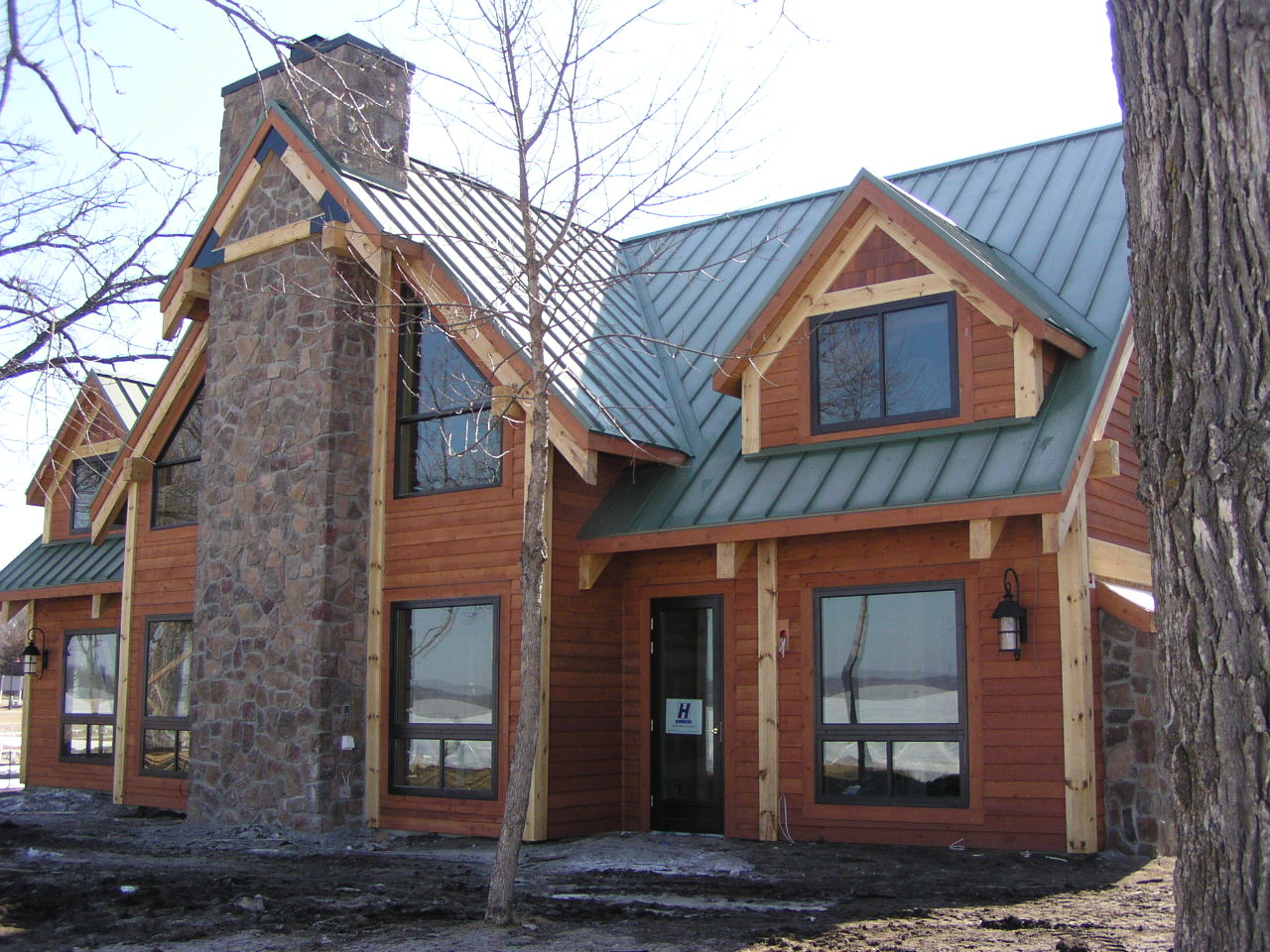Structural insulated panels (SIPs), by design, are a high-performance building system proven for use in residential construction projects. The innovative panels consist of expanded polystyrene (EPS) rigid foam insulation sandwiched between two sheets of oriented strand board (OSB). Manufactured through a highly specialized offsite prefabrication process, the resulting “SIP sandwich” is incredibly strong, straight and resilient.
A simple way to meet or exceed building code requirements, these innovative panels save time, labor and money for professionals and homeowners alike. Residential builders can optimize labor efficiencies by reducing time-consuming tasks on the jobsite such as the construction of additional framing or structural support. After installation, the two-in-one panels get to work, saving homeowners on their monthly heating and cooling bills. Keep reading to see how the savings unfold when building a home with SIPs.
Prefabrication streamlines the construction process and frees up labor
Through the offsite prefabrication process, manufacturers like us produce SIPs to exact project specifications. Electrical chases can be incorporated into the core of a panel to simplify the wiring process for electricians. And with precision-forged cutouts, crews can also hang windows and doors quicker than ever before with less material handling.
Contractors seeking solutions amid skilled labor shortages can also turn to prefabricated SIPs to eliminate meticulous tasks typically required on the jobsite. When SIPs are employed, laborers won’t need to spend valuable time cutting insulation material into precise angles. Not only does this help save time, but also frees up resources to accomplish projects elsewhere.
The opportunity to streamline operations with SIPs lends to impressive time and labor savings. In fact, a third-party study conducted by Reed Construction Data/RSMeans shows that a “SIP installation crew spent 130 fewer hours framing the exterior walls and roof of the home by eliminating many time-consuming steps from the construction process.”
Nearly airtight building envelope can slash regular expenses for homeowners
Once installed, SIPs support an airtight building envelope, reducing the amount of energy required to heat or cool the home by up to 50 percent. In turn, reducing the homeowner’s monthly electricity bill. To put a price tag on it—the U.S. Department of Energy (DOE) estimates that when a home is properly insulated, energy bills can be reduced by 20 percent.
An added perk of building with SIPs? Creating a tighter building envelope provides the homeowner autonomy over the mechanical ventilation. An effective mechanical ventilation system takes expended air, dilutes it, and then redistributes for a healthier interior environment. With the ability to rely complete on their HVAC system, homeowners won’t need to spend money on short-term solutions such as expensive air purifiers.
Interested in learning more about how SIPs can dish out the savings in residential construction applications for builders and homeowners alike? Contact our technical team at Extreme Panel Technologies.


